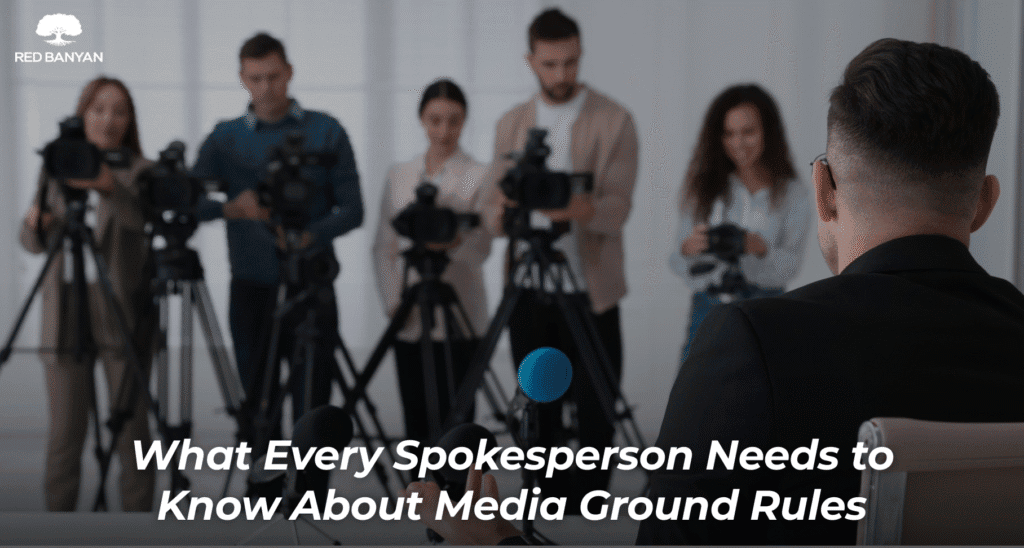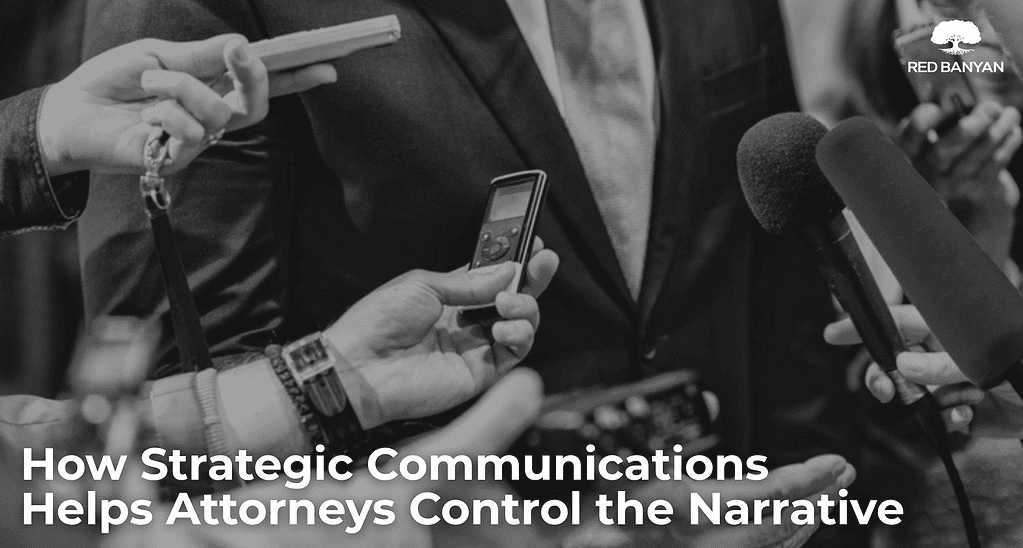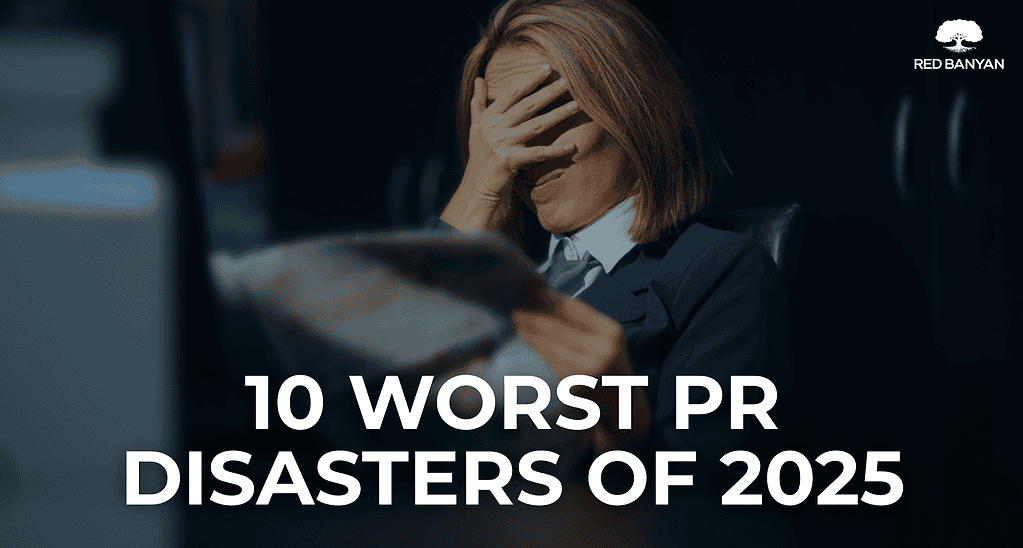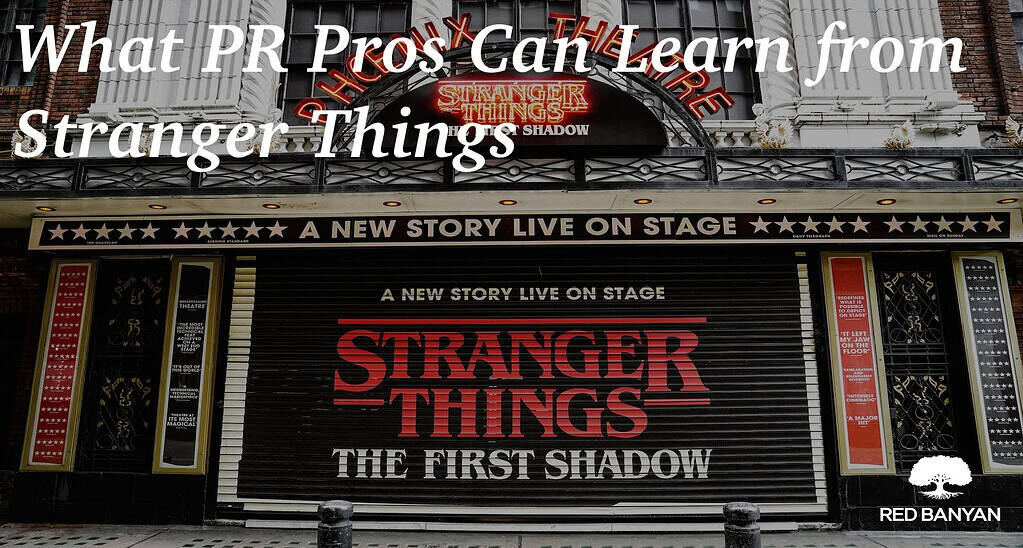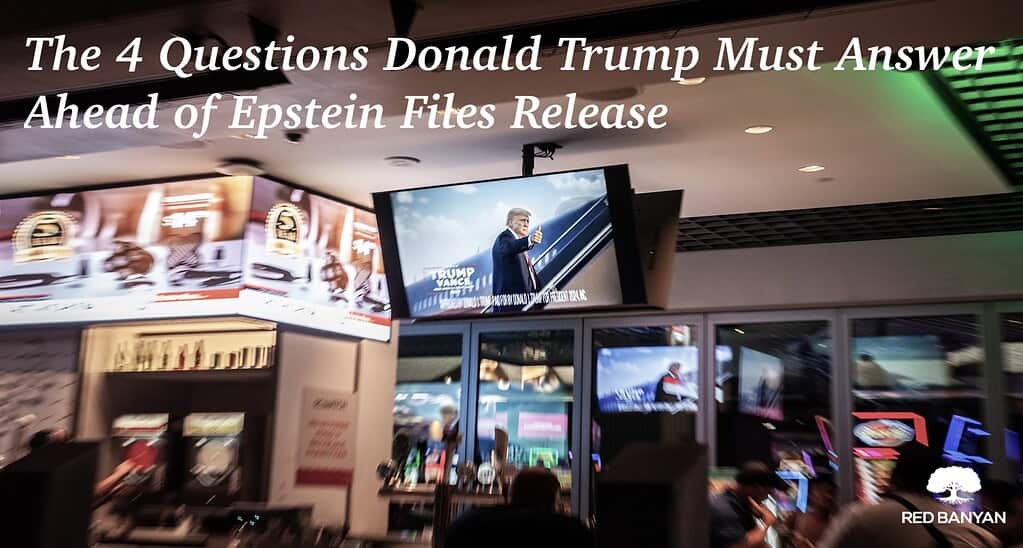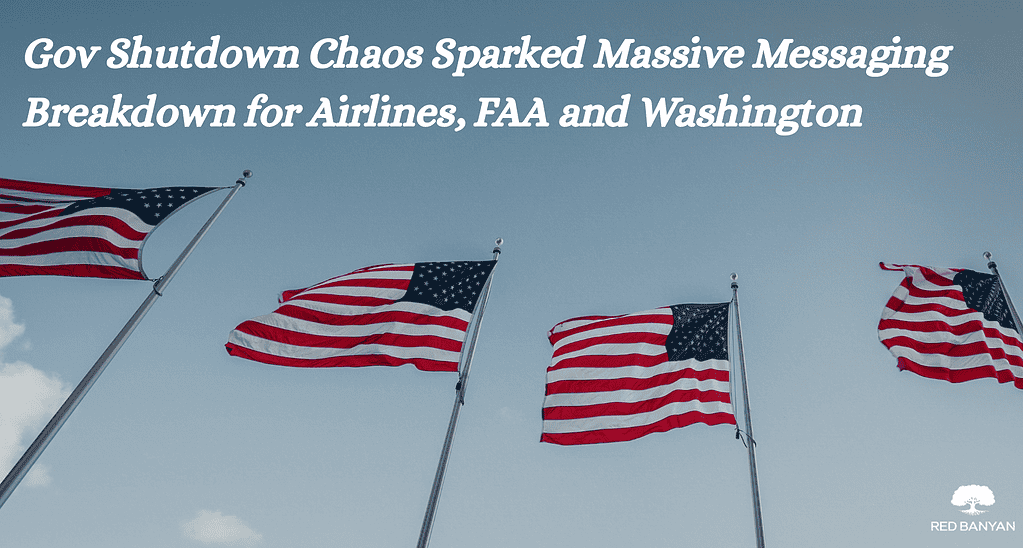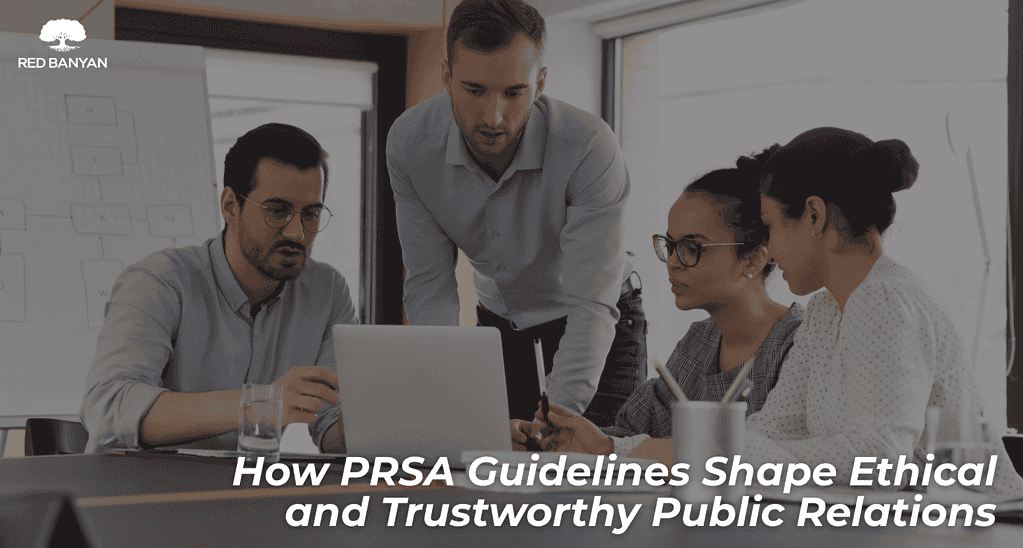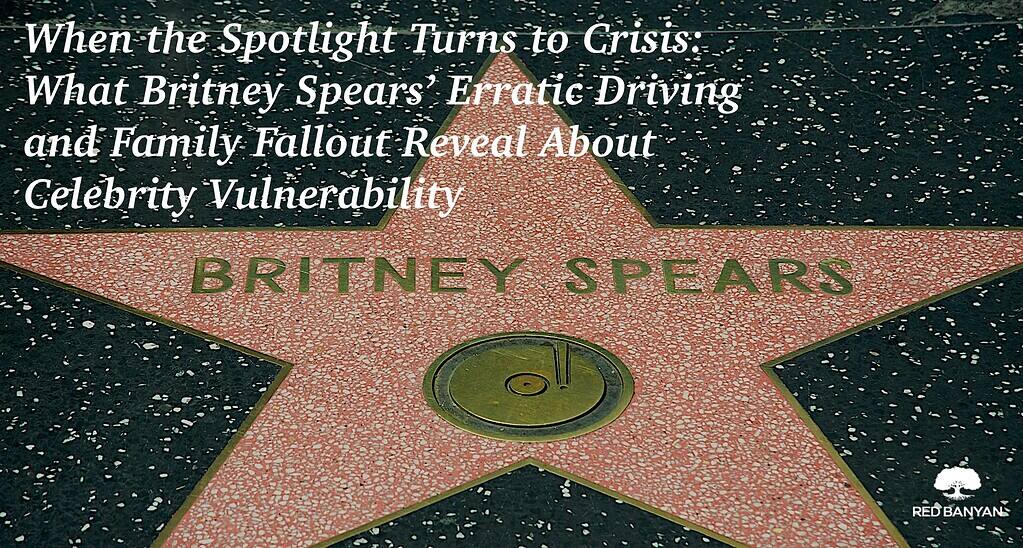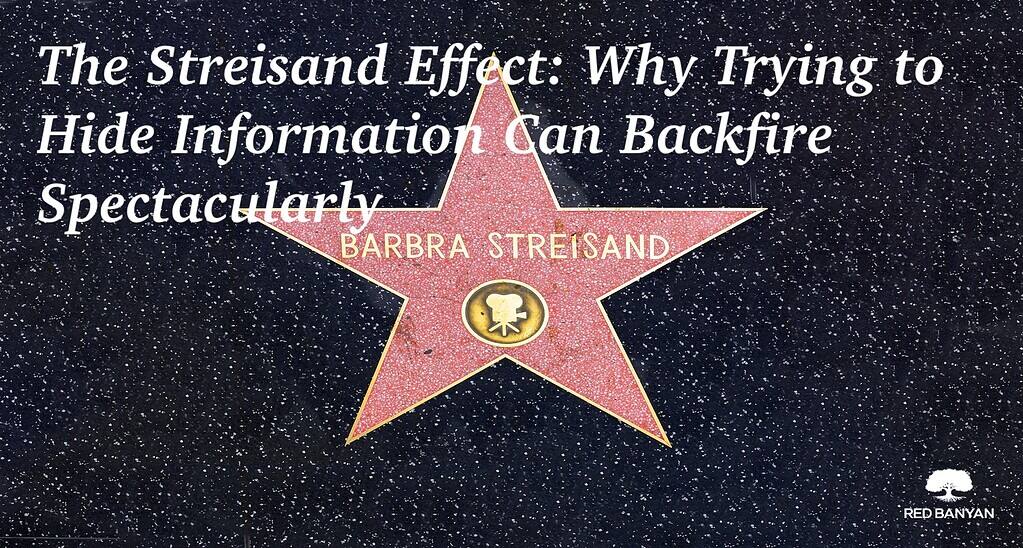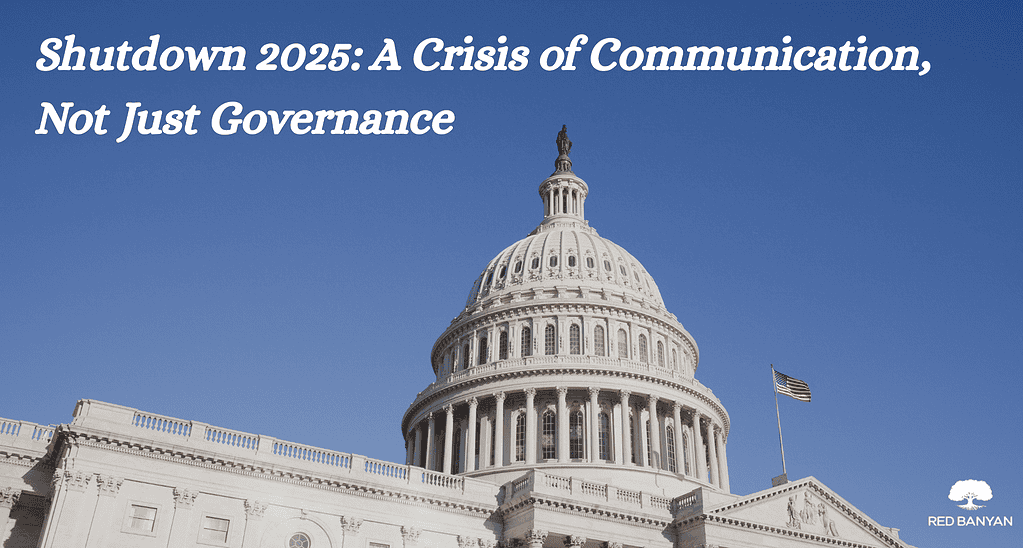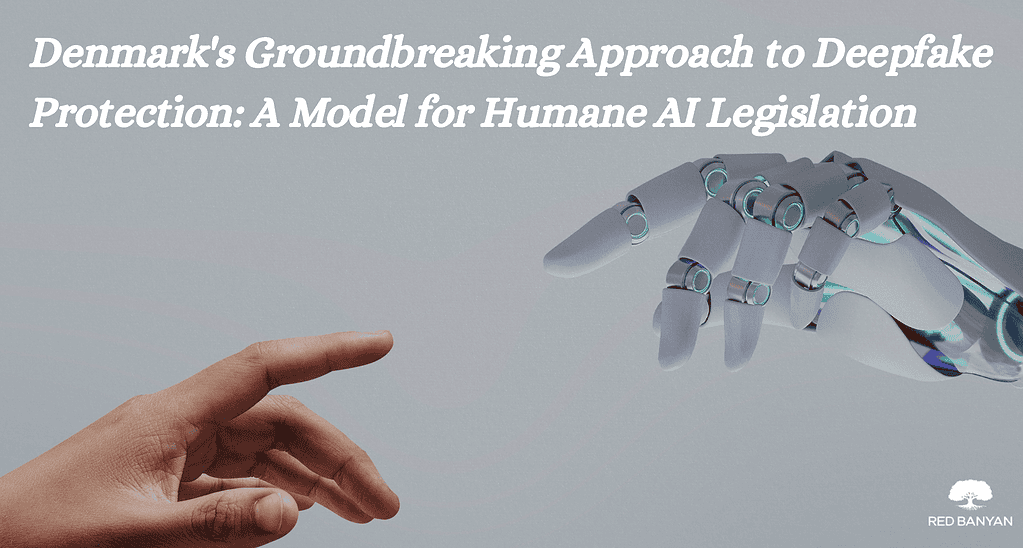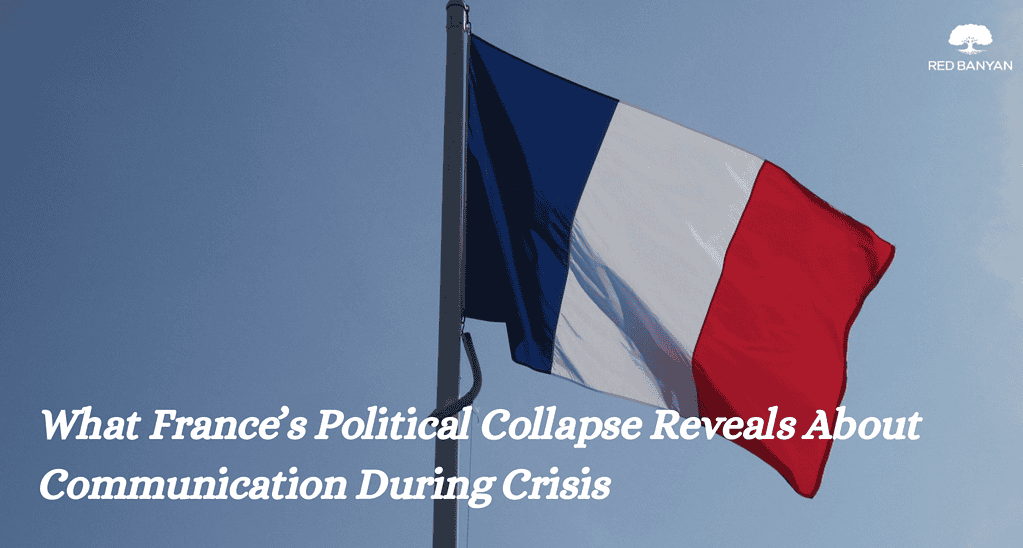A microphone, a notepad, or even a casual chat at a conference is never a neutral setting when you’re a business leader or public figure. A single sentence, spoken without clarity on the ground rules, can trigger a media firestorm. That’s why knowing the difference between on the record, off the record, and on background isn’t just a nice-to-have skill. It’s mission-critical.
Plenty of reputations have been bruised or buried because someone assumed the cameras weren’t rolling or that a journalist wouldn’t print something shared “in confidence.” But in media, assumption is the enemy. These distinctions matter. Understanding them can be the difference between owning the narrative or losing control of it.
Why These Terms Shape the Story
Some people treat these phrases as vague journalistic jargon. In reality, they define the rules of engagement in every media interaction. Get them wrong, and you risk a PR disaster, a broken relationship with the press, or even legal exposure.
At Red Banyan, we guide clients through these distinctions every day. Whether we’re preparing a CEO for a high-stakes interview or managing messaging during a crisis, we’ve seen how a single misstep can shift the entire narrative.
What “On the Record” Means
When a conversation is on the record, everything you say is fair game. Your words can be quoted, published, and directly attributed to you. There’s no anonymity, no protection, and no second chances. Unless you’ve agreed otherwise with the journalist beforehand, this is the default setting for media conversations.
This applies to formal interviews, press briefings, and public statements. It’s where you stay on message, deliver your key points, and speak with precision. Politicians operate in this space constantly. And when they slip? Just look at the headlines that follow. A single misstep at the podium can echo across every network and platform.
What “Off the Record” Really Protects
Off the record is often misunderstood, and that misunderstanding can cost you. When something is off the record, it means the information you share isn’t to be quoted, published, or attributed in any form. It’s a tool used to give context or point a journalist in the right direction without putting your name or words on the record.
But here’s the non-negotiable rule: it only applies if both parties agree before anything is said. If you start talking and then try to label it off the record after the fact, it’s too late.
In journalism, off the record means the reporter can’t use the information directly. However, they might use it to chase down leads or verify facts through other sources. Your words may not appear in print, but they can still move the story forward behind the scenes.
A well-known example of what can go wrong is Mitt Romney’s 2012 “47 percent” remark. The comment was made during what he believed was a private fundraiser, but it was secretly recorded and leaked by Mother Jones, prompting extensive coverage by media outlets like CBS News. What followed was a flood of headlines, intense scrutiny, and lasting political damage—all from a moment that was never meant for public consumption.
What “On Background” Allows and Risks
Among all the media interview terms, on background is often the most confusing. It means your information can be used, but your name won’t appear. Instead, the reporter may refer to you as “a senior executive” or “a source close to the matter.”
This approach can be useful when you want to share context or insight without being directly tied to the statement. But it comes with risk. Attribution on background varies by outlet and journalist. One may say “a company insider,” while another might include details that still make you easily identifiable. That’s why it’s critical to agree on how your input will be described before anything is said.
The Most Common Mistakes Professionals Make
Even with clear definitions, professionals still get burned. The reason? They skip a critical step: confirming the ground rules.
One of the most common mistakes is assuming that a casual conversation is off limits for publication. Or thinking the journalist automatically understands that a comment was meant to be on background. Miscommunication can happen quickly. Hallway chats, social mixers, and offhand remarks at industry events all have the potential to resurface if expectations aren’t clearly set.
Media interview mistakes to avoid include assuming protection you don’t have, failing to get verbal confirmation, and oversharing in informal moments. These lapses have led to headline embarrassments, fractured relationships with the press, and in some cases, legal consequences.
The Real-World Consequences of Miscommunication
Misunderstanding media communication rules can lead to more than bad press. A quote taken out of context can misrepresent your position. Sharing sensitive information without setting terms can violate company policy. And once your trust with reporters is damaged, it’s hard to recover.
We’ve seen executives lose credibility, brands scramble to walk back comments, and leadership teams sidelined over a single avoidable misstep. Most PR disasters don’t happen because of what was said—but how, where, and under what assumption it was said.
How to Navigate Media Interviews Safely
Avoiding media missteps starts with preparation and clarity.
Always define the terms before the conversation begins. Confirm whether the discussion is on the record, off the record, or on background. Do not assume anything. Get agreement in advance and be specific about how your comments should be attributed.
Do not go in unprepared. Work with experienced PR professionals who can help you rehearse, refine your messaging, and navigate tough questions. Media training and mock interviews can make all the difference when the pressure is high.
Finally, treat every media interaction as if it could be made public. Unless off the record status is clearly established beforehand, nothing is protected.
How We Help You Stay in Control
At Red Banyan, we work with clients to navigate high-stakes media situations with clarity and confidence. Whether you’re preparing for a live interview, managing a sensitive issue, or stepping in front of a camera for the first time, we help you understand the boundaries and stay within them.
Our team delivers media training, executive coaching, crisis simulations, and message development tailored to your needs. We help you control the narrative, avoid costly mistakes, and speak with purpose.
Speaking to the media without clear ground rules is like handing over the mic without knowing who’s listening.
On the record means your name is attached. Off the record means silence, if both sides agree. On background lets your words be used without attribution, but only to a point.
These definitions are your first line of defense. They shape how your message is framed and how your reputation is preserved.
Need help navigating high-pressure media situations? Contact Red Banyan to speak with our media training and PR strategy experts today.

